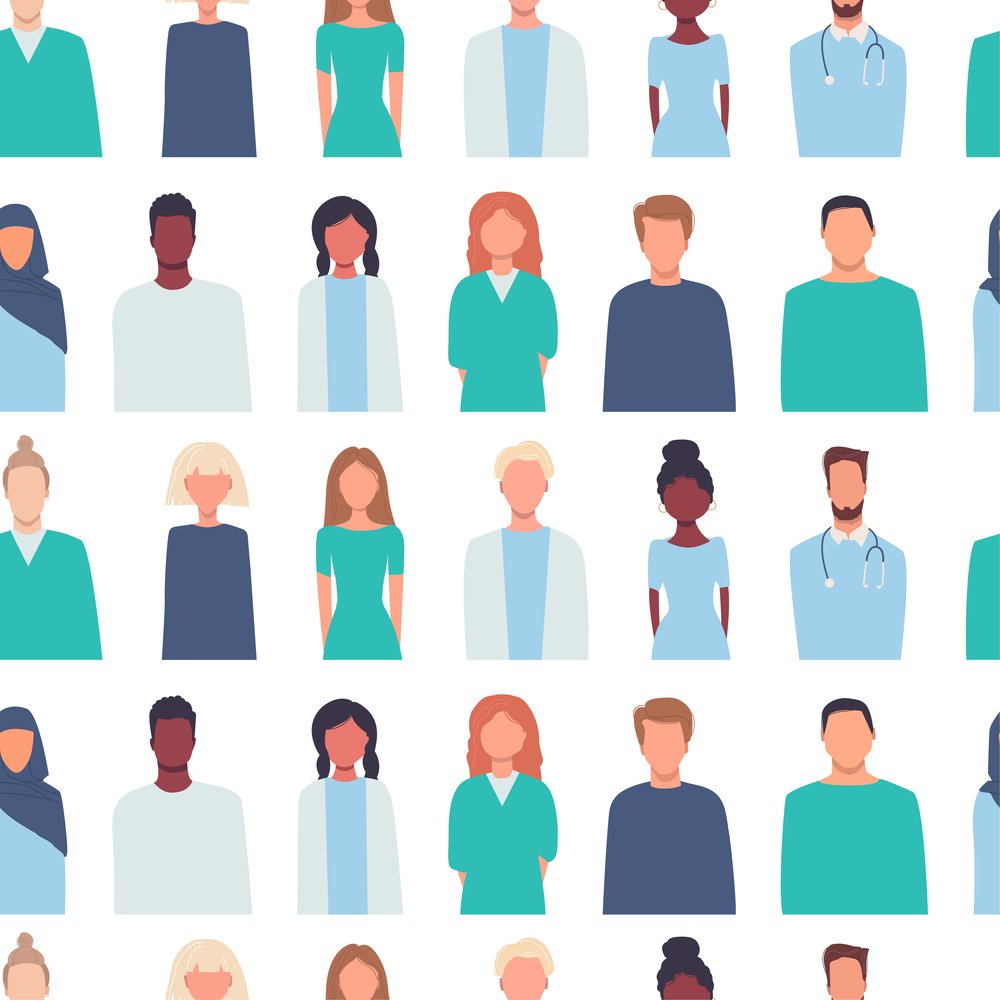In the school-to-scrubs journey, representation matters
Right now, the numbers aren’t great. African Americans, Hispanics, and other minorities are vastly underrepresented across healthcare jobs. And when kids don’t see people like themselves when they go to the doctor or participate in medical career programs, it’s hard for them to envision pursuing that path.
It’s clear that we need more racial and ethnic diversity represented in healthcare to inspire the next generation of Black nurses, Asian physical therapists, Latinx technicians, and Native American public health officials. But it’s also vital for improving care access and outcomes in underserved communities. More open and comfortable doctor-patient relationships based on mutual understanding are clinically proven to increase adherence to medical advice, preventative screening compliance, and better overall health outcomes.
So, how do we tackle the challenge from a recruiting standpoint? To me, it starts with early and active recruitment programs, like after-school clubs and summer camps focused on minorities and healthcare careers. Students should be exposed early to healthcare mentorship programs with professionals who come from backgrounds like theirs. Seeing a version of their future self in the job goes a long way toward jumpstarting interest and ambition towards that goal.
Intentional development of pipeline programs to recruit diverse young people combined with path-clearing efforts to remove systemic barriers along their school-to-scrubs journey benefits us all. We need healthcare providers who reflect the full diversity of our communities to ensure culturally aware care and inspire the next generation.

